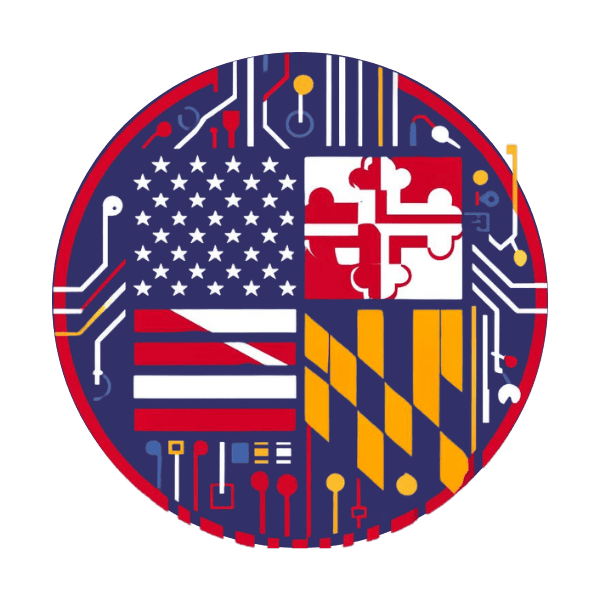Understanding Modern LLM Architecture and Capabilities


The foundation of working with Large Language Models begins with a deep understanding of their architecture and capabilities. Key areas of expertise include:
Transformer Architecture Mastery
- Understanding attention mechanisms and their variants
- Multi-head attention implementation and optimization
- Position embeddings and their impact on model performance
- Residual connections and layer normalization techniques
- Architecture-specific optimizations for different model scales
Prompt Engineering and Chain-of-Thought Techniques
The art and science of prompt engineering has become increasingly sophisticated, requiring expertise in:
Advanced Prompting Strategies
- Few-shot learning optimization and example selection
- Chain-of-thought prompting for complex reasoning tasks
- Constitutional AI principles in prompt design
- System message optimization for consistent model behavior
- Prompt template design and management at scale
Performance Optimization
- Token optimization for cost-effective inference
- Context window management strategies
- Temperature and top-p sampling parameter tuning
- Response formatting and constraint implementation
- Error handling and fallback strategies
Model Compression and Quantization
Efficient deployment of LLMs requires sophisticated optimization techniques:
Quantization Techniques
- Post-training quantization (PTQ) implementation
- Quantization-aware training (QAT) strategies
- Mixed-precision inference optimization
- Weight sharing and pruning methods
- Hardware-specific quantization approaches (CPU/GPU/TPU)
Model Distillation
- Knowledge distillation framework implementation
- Teacher-student architecture design
- Loss function optimization for distillation
- Performance benchmarking and quality assurance
- Balanced trade-off between model size and capability
Fine-tuning Strategies
Adapting LLMs for specific domains requires expertise in:
Domain Adaptation Techniques
- Parameter-efficient fine-tuning (PEFT) methods
- LoRA (Low-Rank Adaptation) implementation
- Prefix tuning and prompt tuning approaches
- Instruction fine-tuning strategies
- Dataset curation and preprocessing for fine-tuning
Training Optimization
- Learning rate scheduling for stable fine-tuning
- Gradient accumulation for resource optimization
- Checkpoint management and versioning
- Catastrophic forgetting prevention
- Cross-validation strategies for LLMs
Responsible AI Implementation
Implementing ethical AI practices requires:
Bias Detection and Mitigation
- Demographic bias assessment methodologies
- Fairness metrics implementation and monitoring
- Debiasing techniques for training data
- Model output filtering and content moderation
- Bias documentation and reporting frameworks
Safety and Security
- Prompt injection prevention
- Output sanitization techniques
- Data privacy preservation methods
- Model authentication and access control
- Audit logging and monitoring systems
Practical Implementation Considerations
Infrastructure and Scaling
- Distributed training pipeline design
- Inference optimization for production
- Load balancing and auto-scaling solutions
- Cost optimization strategies
- Performance monitoring and debugging
Integration Patterns
- API design for LLM services
- Caching strategies for efficient serving
- Error handling and fallback mechanisms
- Version control for models and prompts
- A/B testing frameworks for LLM applications
Career Impact and Growth Opportunities
The mastery of LLM engineering opens several career paths:
Technical Roles
- LLM Infrastructure Engineer
- AI Research Engineer
- MLOps Specialist
- AI Product Engineer
- AI Safety Engineer
Industry Applications
- Enterprise AI Solutions Architect
- AI Product Manager
- AI Ethics Officer
- AI Strategy Consultant
- AI Research Lead
Skill Development Roadmap
To build expertise in LLM engineering:
- Foundation Building
- Master Python and key ML frameworks
- Understand transformer architecture fundamentals
- Learn basic MLOps practices
- Study ethics in AI
- Practical Experience
- Implement fine-tuning projects
- Build prompt engineering applications
- Practice model optimization techniques
- Contribute to open-source LLM projects
- Advanced Specialization
- Focus on specific deployment scenarios
- Develop expertise in particular industries
- Master specific optimization techniques
- Build full-stack LLM applications
Future Outlook
The field of LLM engineering continues to evolve rapidly. Stay current with:
- Emerging model architectures
- New fine-tuning techniques
- Advanced deployment strategies
- Industry-specific applications
- Ethical considerations and regulations
Success in this field requires continuous learning and adaptation to new developments while maintaining a strong foundation in core ML engineering principles.

